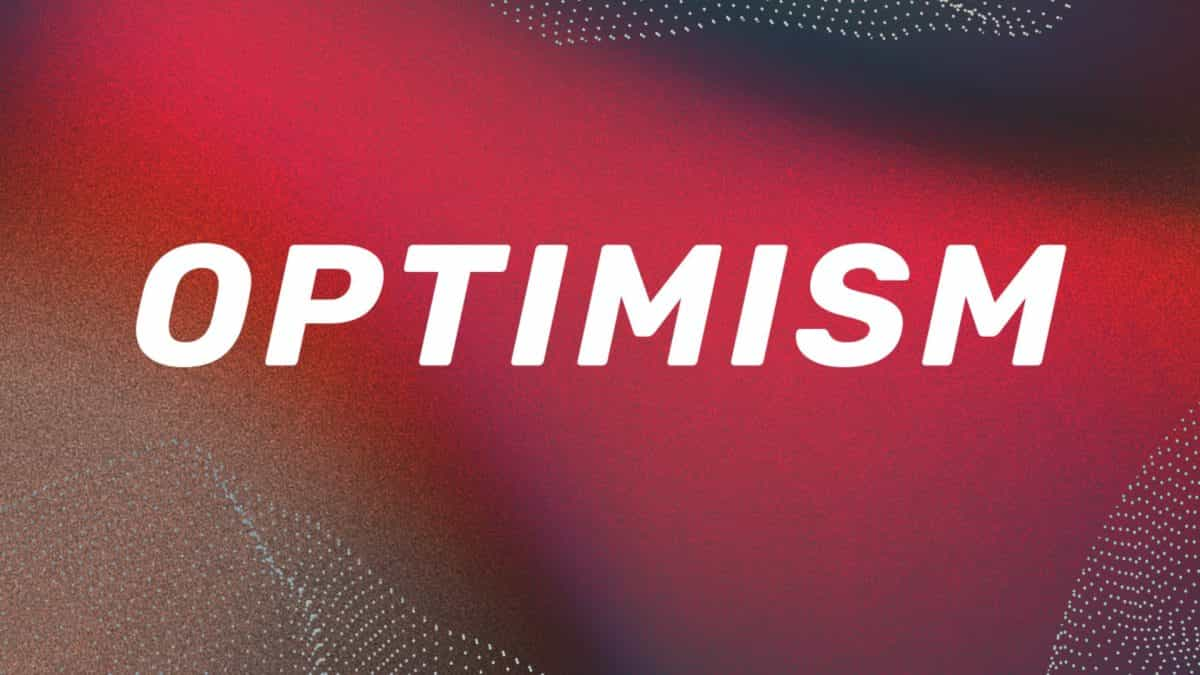What is Polygon and how does it work?


Ethereum’s exorbitant transaction fees have made headlines for several years, and scaling solutions, or Layer 2s, have become an important niche. One project that has gained traction over the last few years in the scalability race is Polygon ![]() MATIC
+1.87%
.
MATIC
+1.87%
.
But what exactly is Polygon, and how does it function? In this beginner’s guide, we will delve into the fundamentals of Polygon and its native asset, MATIC.
What is Polygon?
Polygon is a suite of scaling solutions designed to empower developers to create decentralized applications (dapps) with high throughput, low transaction fees, and quick finality.
By redirecting transactions from the Ethereum mainnet to a sidechain, a blockchain that operates in parallel with Ethereum, and a distinct Layer 2 zkEVM network, Polygon processes transactions more swiftly and economically than Ethereum.
Polygon’s inception is attributed to three developers and co-founders: Jaynti Kanani, Sandeep Nailwal, and Anurag Arjun, the original co-founders. The project’s development began in 2017 under the name Matic Network.
In April 2019, Matic raised $5.6 million through an initial coin offering. The team initially developed what is known as Plasma, a type of Layer 2 scaling solution that operates atop the Ethereum mainnet. However, due to technical and developmental challenges associated with Plasma technology, the trio pivoted the project to concentrate on a proof-of-stake sidechain. The Polygon PoS sidechain was launched in 2020.
In December 2020, the team collaborated with Mihailo Bjelic, an Ethereum researcher. Bjelic joined the initiative as a co-founder.
Then, in February 2021, Matic was rebranded to Polygon. This shift aimed to address a wider range of technical goals, emphasizing presenting Polygon as a comprehensive suite of scaling solutions.
How does Polygon work?
To enhance scalability of Ethereum-based apps, Polygon employs two scaling techniques: a sidechain named Polygon PoS and a zero-knowledge rollup network known as Polygon zkEVM.
Polygon operates its primary sidechain network, Polygon PoS. This proof-of-stake sidechain functions in parallel with Ethereum and accommodates notable crypto applications like Uniswap and Aave.
Because Polygon uses a sidechain model, it doesn’t derive security directly from the Ethereum mainnet. This results in security trade-offs compared to a rollup-based Layer 2, where each transaction is bundled and sent to the main chain.
In addition to its existing proof-of-stake chain, Polygon also manages a Layer 2 network based on ZK-Rollups: the Polygon zkEVM. Polygon zkEVM aims to harness Ethereum’s security for Polygon’s advantage, an objective the Polygon PoS chain hadn’t fully achieved. With the development of Polygon zkEVM, Polygon is progressing notably in its journey to emerge as a rollup.
Polygon Labs has also unveiled a new structure for its network Polygon 2.0, which will integrate multiple Layer 2 chains rooted in ZK rollups, enabling cross-chain communication.
The MATIC token
MATIC, the native cryptocurrency of the Polygon network, operates primarily as a unit of exchange on the Polygon PoS sidechain. Notably, the MATIC token supply is capped at 10 billion tokens.
The token has two main roles: First, it is used to cover transaction fees on the PoS sidechain. Second, it acts as a governance token for both the Polygon PoS sidechain and zkEVM Layer 2.
Users can stake MATIC tokens on the Polygon sidechain network for security and to earn rewards. However, this functionality is not available on the zkEVM version.
In July 2023, Polygon Labs proposed migrating MATIC tokens to become POL, an upgraded version of the token designed for staking on multiple ZK rollup-based chains within the Polygon ecosystem.
The proposed POL token is designed to function across all Polygon protocols, encompassing both the Polygon PoS, zkEVM and other planned blockchains from the team. This integration will enable Polygon validators to use POL tokens and authenticate transactions across various chains.
Disclaimer: This article was produced with the assistance of OpenAI’s ChatGPT 3.5/4 and reviewed and edited by our editorial team.
© 2023 The Block. All Rights Reserved. This article is provided for informational purposes only. It is not offered or intended to be used as legal, tax, investment, financial, or other advice.



